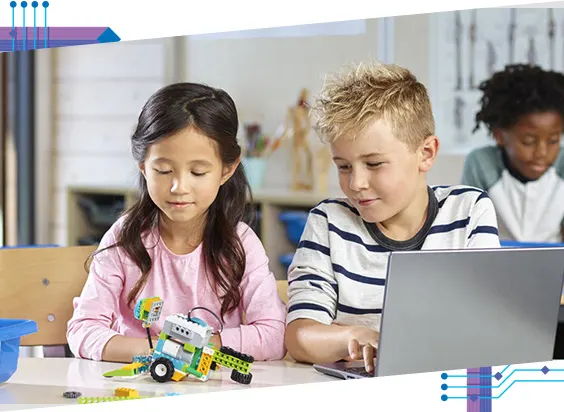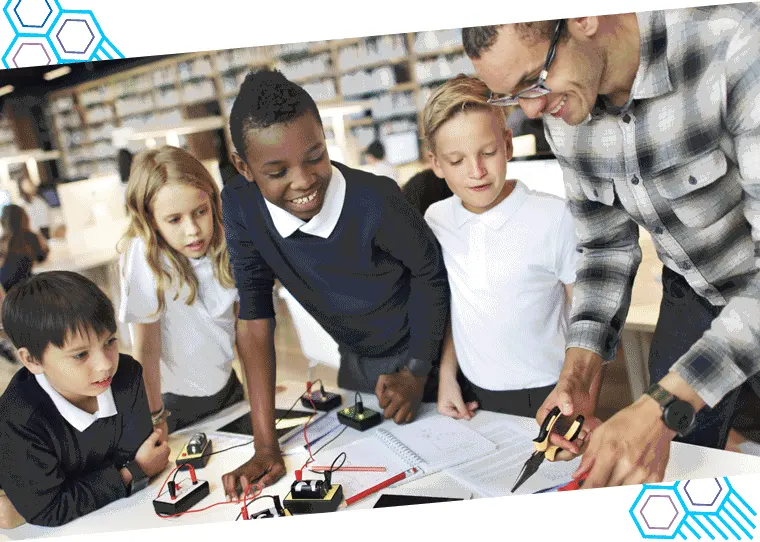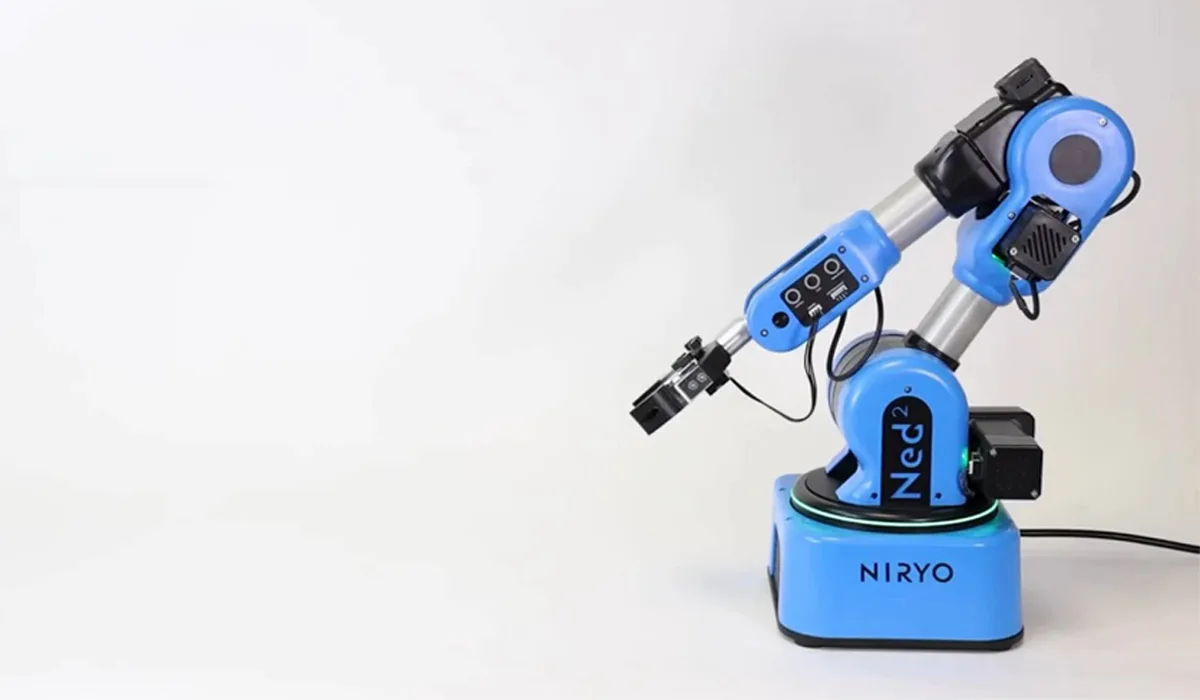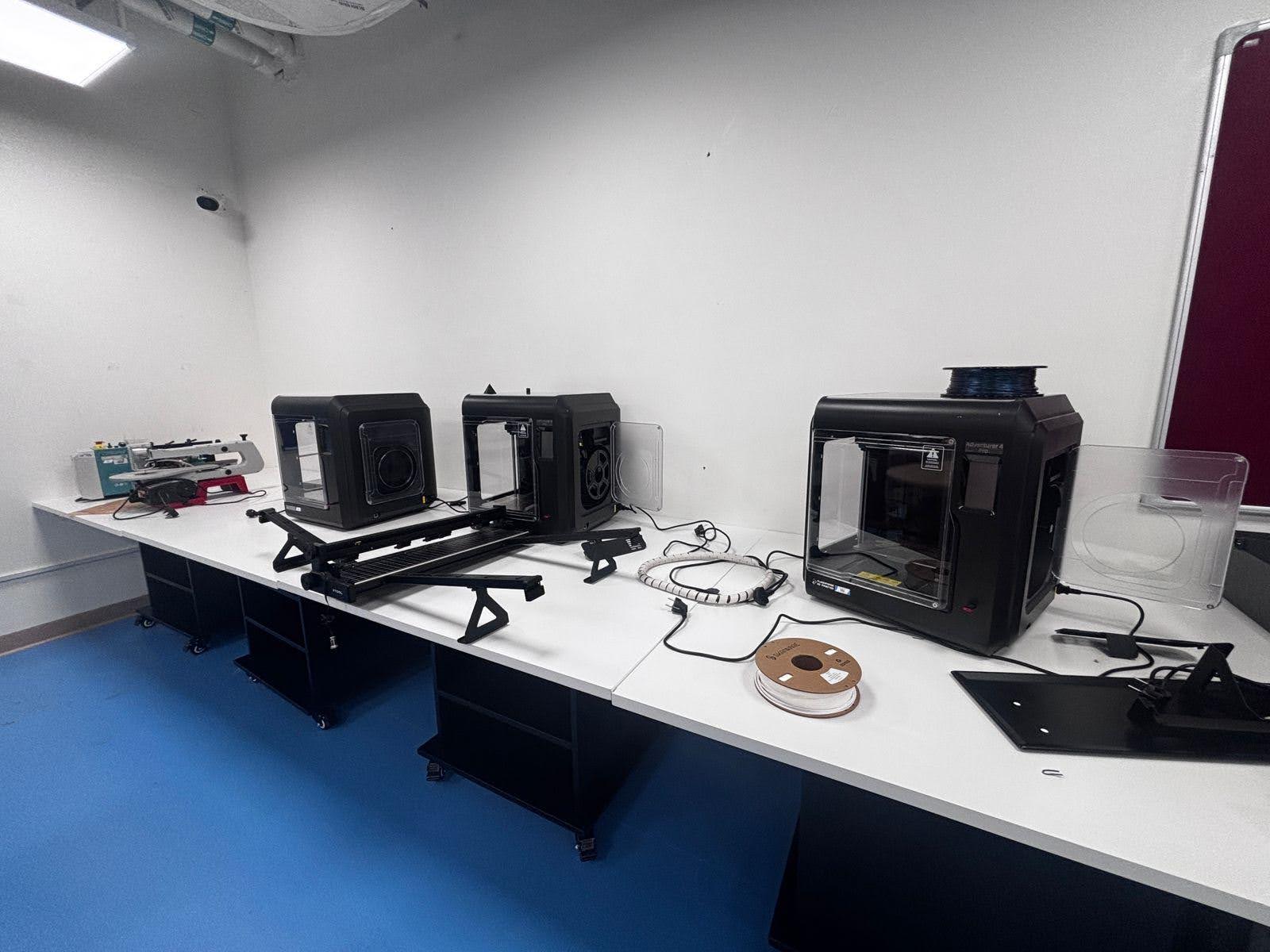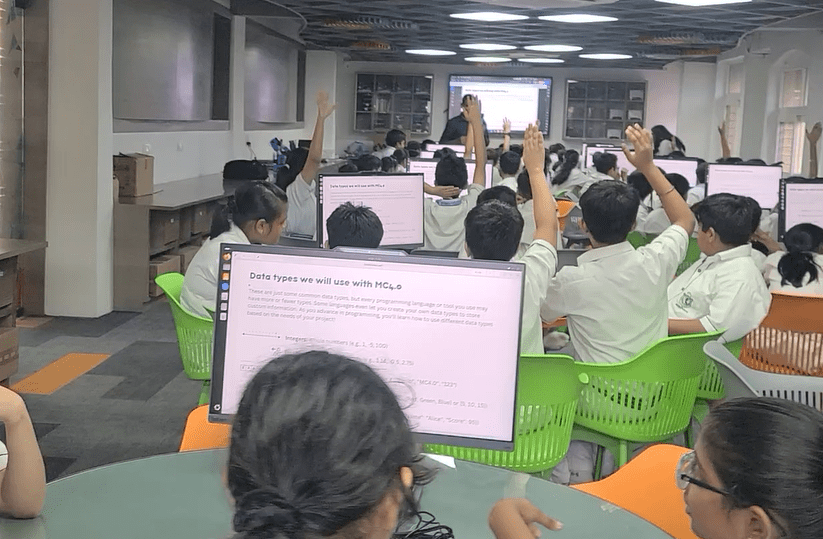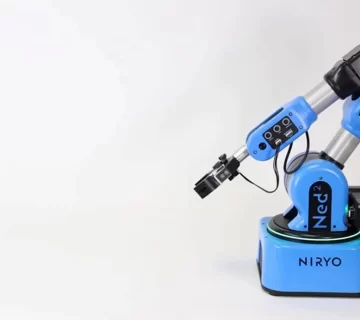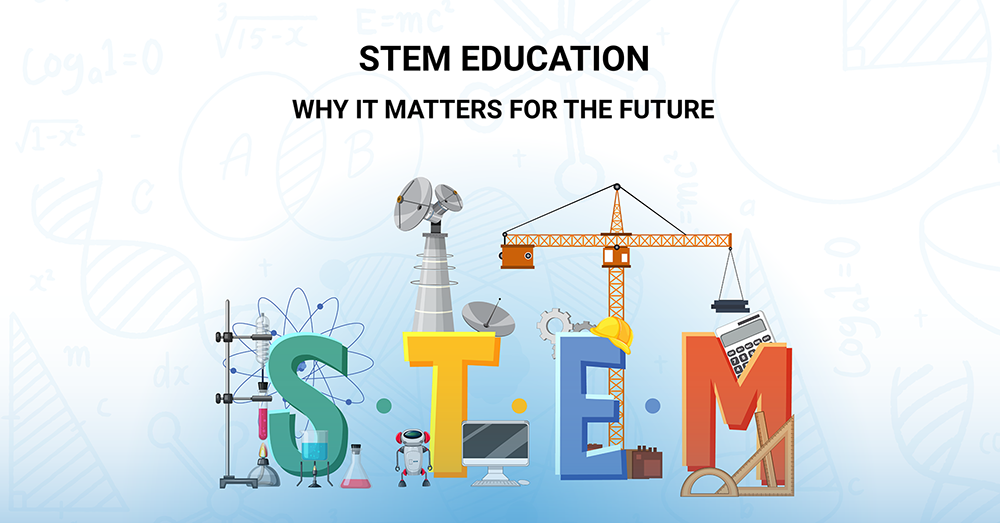
What Is STEM Education and Why Is It Important?
We live in a fast-paced high-tech world that demands greater innovation and problem-solving abilities. People who are capable of thinking, collaborating, and applying the science in practice are the future. This includes the self-driving cars and the journey to space and the medical developments and clean energy. One of the major roles in this is played by STEM education.
STEM is an acronym which means Science, Technology, Engineering, and Mathematics. It is not simply a collection of subjects. It is a form of learning that enables the students to have the competencies to be competitive in the contemporary employment and solve the issues that come to them tomorrow. But what is STEM education, and why does it have so much to do with it? Let’s dig deeper.
Understanding STEM Education
Four fundamental areas of knowledge are united in the core of STEM education:
Science – Wonder, experimentation and understanding of the way things work.
Technology – Zeroes on gadgets, arrangements, as well as computer capacities that propel the current world. Engineering- Involves critical thinking, problem solving and innovative ideas to develop solutions. Mathematics – Acquires critical, rational, and number-crunching skills.
In contrast to traditional teaching where the subjects are independent, STEM combines those disciplines into a cross-subject practical learning model. Children do not read about concepts but apply them in actual projects. Enroll in a STEM course: it could be the construction of a robot (engineering) writing the code that controls it (technology), making sure its sensors are functioning (science), and calculating its speed or distance (mathematics).
The Importance of STEM Education
Ready Students to the Future Workforce.
The employment is evolving rapidly. AI automation, and digital changes bring about new opportunities and challenges. STEM jobs are set to grow a lot. Organisations will continue to seek tech savvy and problem solving employees. Upon studying STEM, kids would be prepared to work in robotics, data science, healthcare clean energy, and so forth.
Promotes Problem Reasoning and Critical thinking.
STEM learning emphasizes on question asking. Children do not accept information by heart. They pose questions, experiment, and seek numerous answers. This enables them to be hard, bendy and think. Such are the essential capabilities needed in scientists and engineers, though these abilities are applicable in any work.
Develops Creativity and Innovation.
Whenever various disciplines collide, new ideas are born. STEM is innovating by integrating science with creativity and technology with what is desired by people. An example is the eco-friendly buildings. You have to know about materials (science), use computer models (technology), work out how to build them (engineering), and do lots of calculations (math) in order to design them. When children are introduced to STEM, they begin to perceive the way all these pieces are interconnected. This is what assists them in finding solutions to actual issues in the world.
Encourages Teamwork and Cooperation.
No large project in the real world is undertaken individually. Teams of engineers, designers and scientists are used in order to accomplish objectives. This environment is reflected in STEM classrooms with the promotion of group projects, discussions, and collaboration. This is beneficial as it allows the students to grow in terms of their skills of communication, their leadership and their attitude towards different points of view.
Supports Lifelong Learning
Technology is ever changing and the STEM education fosters curiosity and flexibility. Students who learn to learn, by experiment, research and reflection will keep on advancing even when industries and technology evolve.
Key Features of STEM Education
- Practical Learning: Students will be exposed to experiments, projects, and problems that involve application of classroom ideas in real life.
- Interdisciplinary Approach: STEM combines science, math and engineering into single-subject learning in contrast to the treatment of individual subjects in isolation.
- Technology: Starting with coding platform to 3D printers and robotics kits, technology is central to STEM activities.
- Problem-Based Projects: Students solve a practical problem, such as climate change, space exploration, or designed cities.
- Emphasize Skills over Memorization: STEM is based on the fact that it is not rote learning but it looks at skills like analysis, collaboration, and innovation.
Examples of STEM in Action
- In Schools: A teacher can set a challenge where students can design a bridge with simple materials and apply the principle of physics (science), structural planning (engineering), calculations of loads (math) and simulation tools (technology).
- In Everyday Life: STEM relates the mechanisms of use of smartphones, the development of vaccines, or renewable energy systems.
- Careers: STEM knowledge is applied in such professions as software developers, civil engineers, medical researchers and data analysts.
Benefits of STEM Education for Students
- Better performance at school – STEM students tend to excel academically in other disciplines as they are able to think logically and solve problems.
- Confidence Boost – Students are able to solve complicated problems and this enables them to gain confidence and resilience.
- Career Readiness – As the STEM skills in the workforce are increasing in demand, students will have a competitive advantage in the employment sector.
- Global Competitiveness-In the case of countries that have robust STEM education systems, in most cases, they are the most innovative, research intensive and technological.
- Equity and Inclusion – STEM education promotes the involvement of the underrepresented groups, such as women and minorities, in bridging the gap in opportunities.
Challenges in STEM Education
Although the advantages of STEM learning cannot be overestimated, the following issues may be observed:
- Limits on Resources: Modern labs, robotics kits, or other advanced technology are unavailable in all schools.
- Teacher Training: The teachers might require more training to teach integrated STEM.
- Equity Issues: Students in underserved areas could not have access to STEM opportunities.
- Perception Barriers: There are students who feel that STEM is too difficult or is a discipline that only geniuses can do and thus they feel discouraged to participate.
To solve these challenges, the government should support this effort, conduct teacher development programs, and make STEM accessible and amazing to everyone.
The article How to Encourage STEM Learning at Home provides information on the topic.
Parents and guardians are important contributors to developing the interest in STEM:
- Stimulate curiosity by responding to questions through experiments or discussion.
- Offer STEM products such as robotics kit, coding games or science kits.
- Give them real life problem solving e.g. cooking (using math to measure the ingredients) or repairing at home (engineering attitude).
- Foster digital literacy through educating about responsible use of technology.
- Reward minor successes in projects to increase confidence.
The Future of STEM Education
Due to the ever-changing technology, STEM education will also change. The use of AI in learning spaces, virtual classrooms, and robotics kits based on AIoT are some of the trends that are changing the nature of learning among learners. Moreover, sustainability and ethics will be highlighted to make sure that further STEM professionals will not only develop highly progressive solutions but also focus on the effects they will have on society and the environment.
Conclusion
STEM learning does not only concern the future employment of the learner in science, technology, engineering or mathematics. It is of preparing them with the attitude, abilities and assurance of confronting the future problems. STEM equips students with the ability to create a better world by making them curious, creative, problem solvers, and collaborative.
It could be the creation of smarter cities, creation of medical innovations or the creation of clean energy solutions, but STEM education provides the core of the advances. Essentially, STEM is not just about education, but the solution to the potential of the future generation of thinkers, innovators, and leaders.

